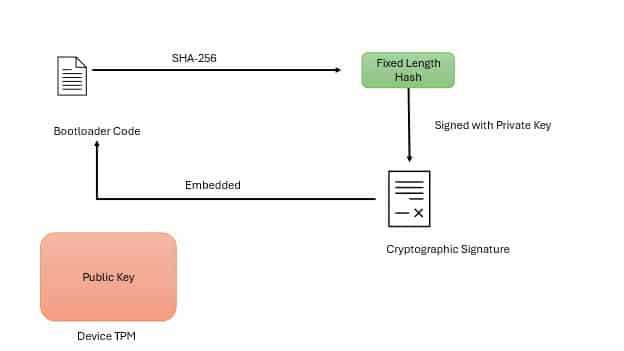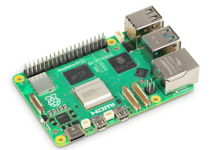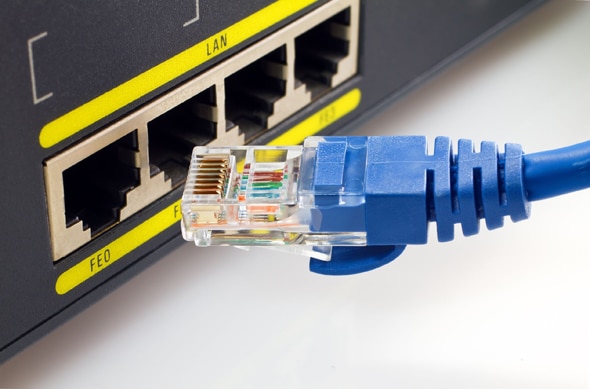Security of IoT devices is critical as they are ubiquitous in home and industrial environments today. Secure boot is a security feature designed to ensure that only trusted software runs during a device’s startup process.
Low-end embedded devices are becoming increasingly popular due to their compact design and ease of use. These devices have seamlessly integrated into our daily lives, powering everything from smart home appliances to industrial IoT systems. However, their widespread adoption has also exposed them to significant security risks. One major concern is their vulnerability to malicious software injections. This is particularly critical given their limited user interface and lower levels of direct user oversight, which make detecting such threats challenging. To address this, the concept of secure boot has been introduced as a pivotal security measure for IoT devices.
Secure boot ensures that only trusted and authenticated software is allowed to run during the startup process. By leveraging cryptographic techniques, this mechanism validates the integrity and authenticity of the firmware, safeguarding these devices against unauthorised modifications and malicious code. As the reliance on embedded devices continues to grow, implementing robust security measures like secure boot will play a vital role in ensuring their safe and reliable operation.
The role of firmware in IoT devices
Embedded devices rely on a bootloader code that plays a crucial role in the startup process by loading the firmware. Firmware is a specialised piece of software stored in the device’s non-volatile memory, often referred to as read-only memory (ROM). This firmware enables the device to perform its intended functions and is composed of several key components, including the kernel, bootloader, filesystem, and additional resources. It is also responsible for ensuring the proper operation of various hardware components within the device.
Given the integral nature of firmware in a device’s functionality, its security is paramount. If an attacker gains the ability to manipulate or replace the firmware, they can potentially gain full control over the device, compromising both its operation and the data it processes. A notorious example of firmware vulnerability exploitation is the emergence of the Mirai botnet. This botnet infected thousands of IoT devices by exploiting weak or default credentials, enabling attackers to manipulate the devices’ firmware. Once compromised, the devices were recruited into a botnet and used to carry out large-scale Distributed Denial of Service (DDoS) attacks. This case highlights the significant risks associated with unsecured firmware and the importance of implementing strong security measures to prevent such exploitation. Hence, secure boot is a critical security feature for IoT devices, ensuring that only trusted software runs on the device during its startup.

Cryptographic signatures
For secure boot to be effective, a cryptographic signature must be embedded in the bootloader. Two common cryptographic methods used are RSA and ECC (elliptic curve cryptography). Both methods help verify the integrity and authenticity of the bootloader and firmware. Here’s how these mechanisms work.
When a device manufacturer or trusted entity creates the bootloader (and potentially other firmware), it generates a cryptographic signature of the bootloader file. This is achieved by:
- Hashing the bootloader code using a hash function (e.g., SHA-256) to create a fixed-length hash of the code.
- Signing the hash with the private key of the manufacturer or trusted authority, generating the cryptographic signature.
- The signature is then embedded into the bootloader, along with the public key needed for verification. The public key is securely stored within the device’s secure storage (e.g., Trusted Platform Module (TPM), Hardware Security Module (HSM), or secure flash memory).
When the device is powered on, the bootloader starts by verifying its own integrity before proceeding further:
- Recalculating the hash of the bootloader code using the same hash function (e.g., SHA-256) used during signing.
- Decrypting the signature using the stored public key and comparing it with the recalculated hash.
- If the decrypted signature matches the calculated hash, it confirms that the bootloader has not been tampered with and is authentic.
The process extends to the firmware as well. The bootloader verifies the integrity of the firmware it is about to load:
- The firmware (including the kernel, filesystem, and other resources) is cryptographically signed by the manufacturer or trusted authority.
- The bootloader checks the signature against the stored public key or a secure element (e.g., TPM or HSM) to ensure that the firmware has not been altered.
- If the firmware passes the integrity check, the bootloader proceeds to load the verified firmware into system memory (RAM), which includes the kernel, filesystem, and necessary components for proper device operation.
Once the firmware is loaded into memory, it is executed. The device is now operating with trusted code, and any subsequent actions are performed within a secure environment.
Some IoT devices implement runtime integrity checks to monitor the firmware during operation. These checks ensure that no unauthorised code or malicious modifications occur while the device is running, further enhancing its security. Additionally, secure boot enables secure firmware updates, where new firmware versions are checked for validity and integrity before being applied. If the secure boot process detects a failure or integrity breach, many devices include a recovery mechanism to revert to a known good state, ensuring that the device can recover from any compromise.
Tamper resistance and security
One of the key benefits of secure boot is its tamper resistance. If an attacker attempts to alter the bootloader or firmware, even slightly, the hash will change, causing the signature verification to fail. This prevents the device from booting with compromised software, protecting it from potential exploitation. The use of trusted public keys stored in secure storage ensures that the verification process is based on an authentic key, making it extremely difficult for attackers to forge a valid signature without access to the private key.
As IoT devices continue to proliferate in both consumer and industrial environments, their security becomes increasingly critical. Secure boot provides an essential layer of protection by ensuring that only trusted software runs during the device’s startup process. With cryptographic signatures, manufacturers can safeguard their devices against malicious tampering, preventing unauthorised code execution and protecting users from potential threats. The implementation of secure boot, along with other robust security measures, will play a pivotal role in maintaining the integrity and trustworthiness of IoT devices in the years to come.
















































































